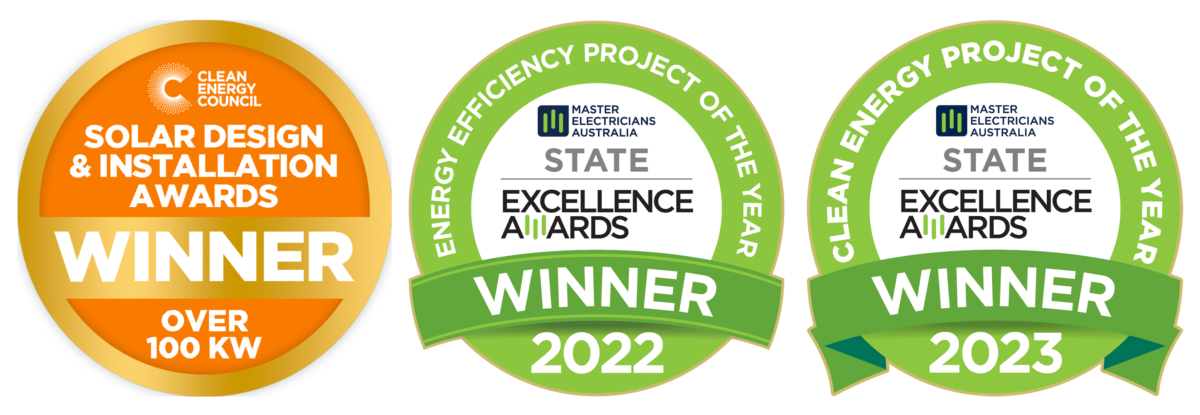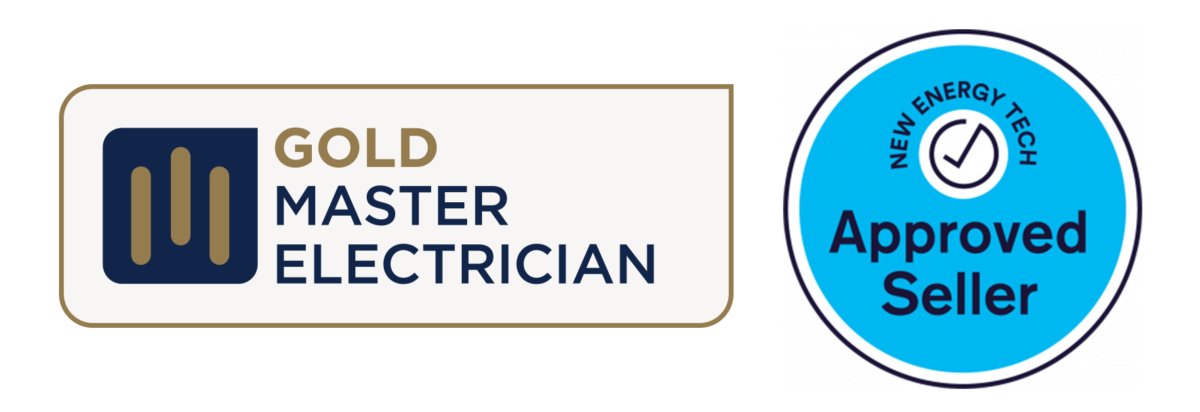Self-consumption of solar energy is becoming increasingly important as the solar feed-in tariff continues to decrease. However, it is important to address a number of issues in order to optimize solar self-consumption. One way to do this is by load shifting, which is the process of shifting energy consumption to peak solar production times. This occurs through the use of batteries, electric vehicles, and smart appliances. In this article, we will discuss the importance of solar self-consumption and how load shifting can help to improve it. We will also provide some tips on how you can optimize your energy consumption to make the most of your solar panels.
The Importance of Solar Self-Consumption
As the cost of solar energy continues to decrease, self-consumption of solar energy is becoming increasingly important. Self-consumption refers to the solar energy that the property uses, rather than going back to the grid. There are a number of benefits to self-consuming solar energy, including:
- Reducing your dependence on the grid,
- Increasing your energy security,
- Reducing your carbon footprint, and
- Saving money on your energy bill.
In order to maximize these benefits, it is important to optimize your solar self-consumption. One way to do this is through load shifting, which is the process of shifting energy consumption to times when there is ample solar production.
Load Shifting: What Is It and How Does It Work?
Load shifting is the process of shifting energy consumption to times when there is ample solar production. This can be done in a number of ways, including through the use of batteries, electric vehicles, and smart appliances. Batteries can store excess solar energy during times of high energy demand, such as at night or during a power outage. When solar production is high, electric vehicles can be charged during times of high solar production and then used during times when energy demand is high. Smart appliances can be programmed to consume energy during times when solar production is high and there is less demand on the grid. Load shifting can help to improve solar self-consumption by reducing the amount of energy that is sent back to the grid. It can also help to reduce your energy bill by using cheaper, off-peak energy.
3 Ways You Can Improve Solar Self-Consumption with Load Shifting
There are a number of ways that you can improve solar self-consumption with load shifting, including:
1. Use batteries to store excess solar energy
The #1 way you can improve your self-consumption through load shifting is by storing excess solar energy for use at night. At Goodhew Electrical and Solar, we offer a range of solar batteries which for both new and retrofit installations. Speak to our team for more information.
2. Charge electric vehicles during times of high solar production
With Electric Vehicle ownership on the rise, an easy way to optimise your household self-consumption is by charging your EV during times of high solar production. Doing this, you can ensure that your vehicle is being charged with free solar energy rather than drawing from the grid at an increased cost.
3. Use smart appliances to consume energy during times of high solar production
Using smart appliances during the day is another way to increase your solar self-consumption. If you have an electric hot water system, you can utilise a timer so that water is heated through the day from the solar energy. Additionally, most modern washers, dryers and other household appliances have built-in timers to allow you to program cycles to begin when solar production is at its peak.
Conclusion
Solar self-consumption is becoming increasingly important as the price of solar energy continues to decrease. Load shifting is one way to improve solar self-consumption by shifting energy consumption to times when there is ample solar production. There are a number of ways that you can load shift, including through the use of batteries, electric vehicles, and smart appliances.


